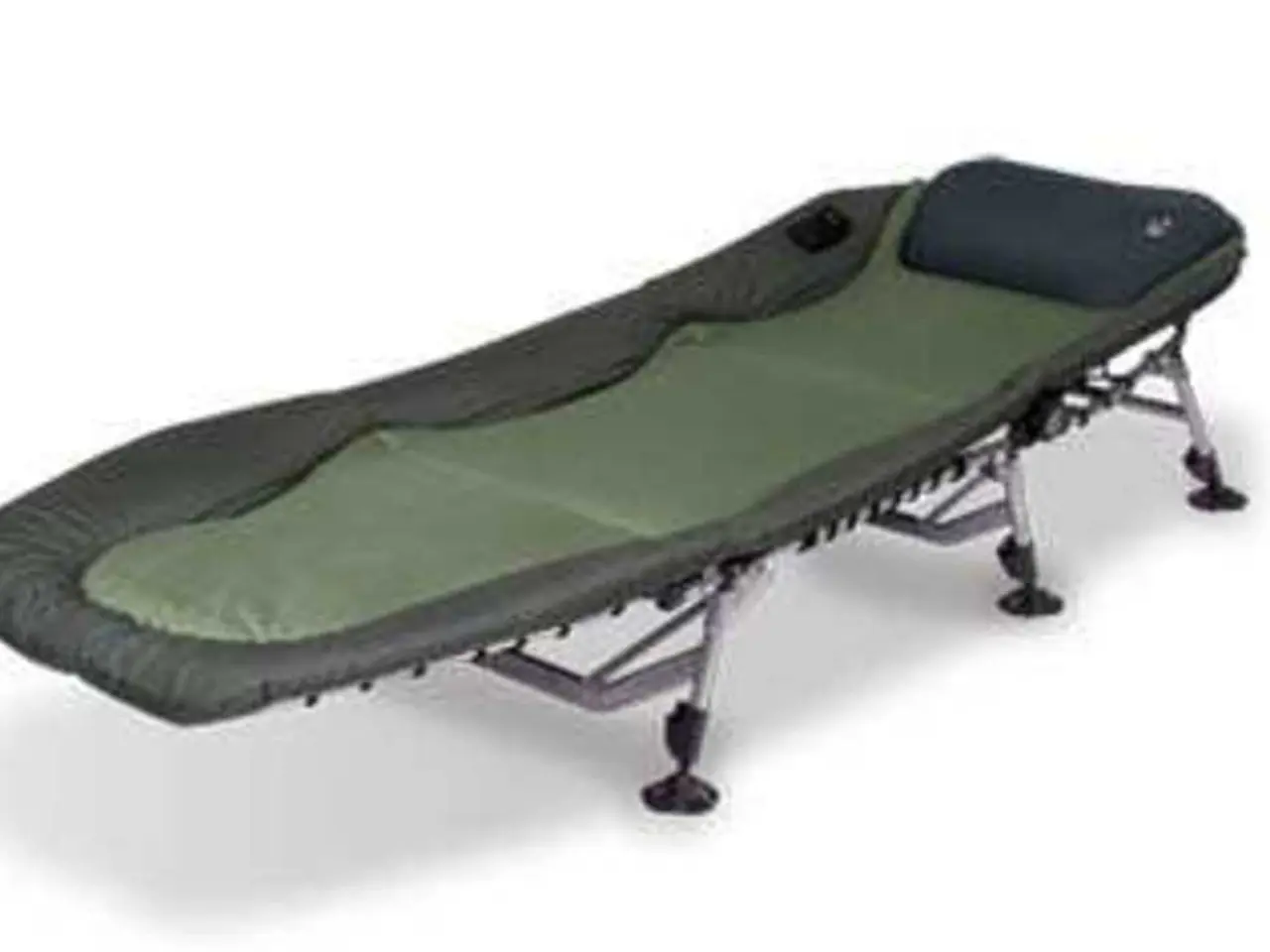Groin Strain Symptoms, Remedies, and Healing Timeline: Understanding the Injury, Medical Interventions, and Recovery Process.
For individuals recovering from a moderate Grade 2 groin strain, a structured rehabilitation programme is essential to ensure a smooth and safe return to full activity. Here's a guide to the recommended exercise and rehabilitation steps for this injury.
**1. Initial Phase (First 48–72 hours)**
Rest and ice are crucial in the initial phase to reduce pain and inflammation. It's important to avoid moving the leg too much during this period.
**2. Early Mobilization and Gentle Stretching**
Once the acute pain subsides, begin gentle stretching exercises to improve groin muscle mobility without causing pain. Example stretches include the Frog Stretch and Frog Rocks.
**3. Manual Therapy**
Osteopathy or physiotherapy can help relieve muscle tightness and restore joint movement, aiding healing.
**4. Progressive Strengthening**
Start with isometric adductor exercises to gently activate the muscle without strain. Progress to eccentric strengthening exercises, which help rebuild strength and function. Include strengthening of the hip muscles and core to support the pelvic region and reduce load on the groin.
**5. Dynamic Loading and Neuromuscular Training**
Introduce light dynamic exercises such as controlled hip adduction, hip abduction, and gradual weight-bearing activities. Progress to agility drills, hopping, and running at increasing intensities, avoiding pain and discomfort.
**6. Return-to-Play Program**
After regaining strength and full range of motion, follow a gradual, structured return-to-sport plan, ensuring confidence and minimizing re-injury risk.
Throughout rehabilitation, avoid pushing through pain and progressively increase exercise intensity under professional guidance to ensure safe healing and reduce the risk of re-injury. If symptoms persist or worsen, consulting a healthcare professional for personalized rehabilitation and possible adjunct therapies like shockwave treatment may be advisable.
If exercises cause more pain, a person should stop doing them and seek medical advice. Treatment for a groin strain includes rest, ice packs, compression, over-the-counter painkillers, and physical therapy exercises to restore movement to the leg. Recovery time for a Grade 1 groin strain is 1 to 2 weeks, while a Grade 2 strain takes 3 to 6 weeks, and a Grade 3 strain takes 3 to 4 months to heal fully.
The "Knee squeeze" exercise, the "Chair lift" exercise, and the "Side lift" exercise can also be beneficial during the rehabilitation process. The diagnosis of a groin strain is typically made by a doctor or physical therapist through questions about the injury and a physical examination. The groin strain is a muscle injury that affects the adductor muscles in the inner thigh. Groin strain grades are graded from 1 to 3, with Grade 1 being a minor stretch or tear, Grade 2 causing pain, tenderness, weakness, and sometimes bruising, and Grade 3 being a severe tear causing significant pain and bruising.
[1] [Groin Strain: Graded Rehabilitation](https://www.ncbi.nlm.nih.gov/pmc/articles/PMC6331900/)
[2] [Groin Strain Rehabilitation](https://www.ncbi.nlm.nih.gov/books/NBK459295/)
[3] [Return to Play Following Groin Injuries in Sport](https://www.ncbi.nlm.nih.gov/pmc/articles/PMC4851958/)
[4] [Eccentric Training for Groin Strain Rehabilitation](https://www.ncbi.nlm.nih.gov/pmc/articles/PMC3864953/)
[5] [Isometric Training for Groin Strain Rehabilitation](https://www.ncbi.nlm.nih.gov/pmc/articles/PMC4826795/)
- Some individuals who are recovering from moderate groin strains may experience secondary health issues, such as dermatitis due to extended inactivity or depression from the inability to engage in health-and-wellness routines like fitness-and-exercise.
- Chronic groin strain may also lead to complications like diabetes, Crohn's disease, COPD, and accidental falls, especially for the elderly population.
- While a structured rehabilitation programme is crucial for recovery from a groin strain, it's important to note that other predictive factors, such as atopic dermatitis or bipolar disorder, might interfere with the recovery process.
- To further optimize health outcomes, incorporating science-backed adjunct therapies like shockwave treatment could potentially expedite recovery and reduce the risk of secondary health issues, such as muscle pain.
- Aq, a new therapeutic agent under development, may also offer promise in promoting quicker healing for groin strains and minimizing depression risks.
- Eczema, an atopic disease, could further complicate the rehabilitation process following a groin strain, necessitating a more tailored exercise and rehabilitation plan.
- Incorporating suitable exercises like the "Knee squeeze", "Chair lift", "Side lift", or other stretches, like Frog Stretch and Frog Rocks, during rehabilitation, could help alleviate related symptoms, such as muscle pain.
- Regular check-ups with healthcare professionals throughout the rehabilitation process are essential to monitor progress and monitor for potential health complications, like COPD or accidental falls, that may arise during recovery.




